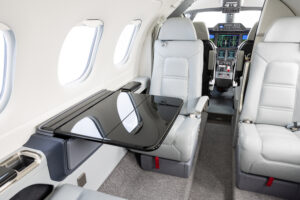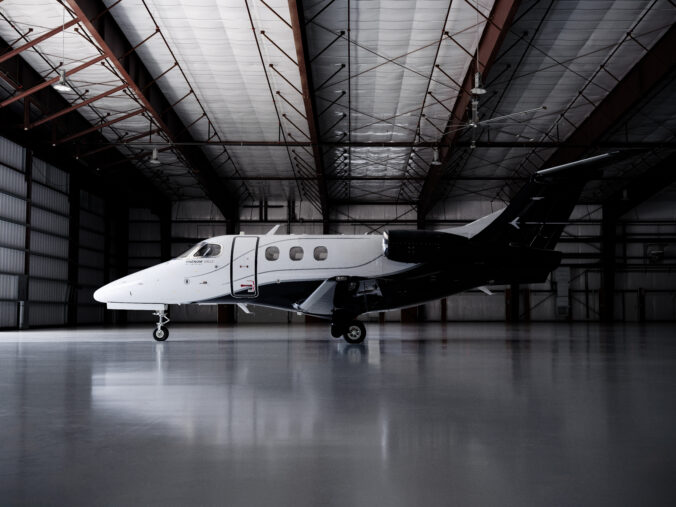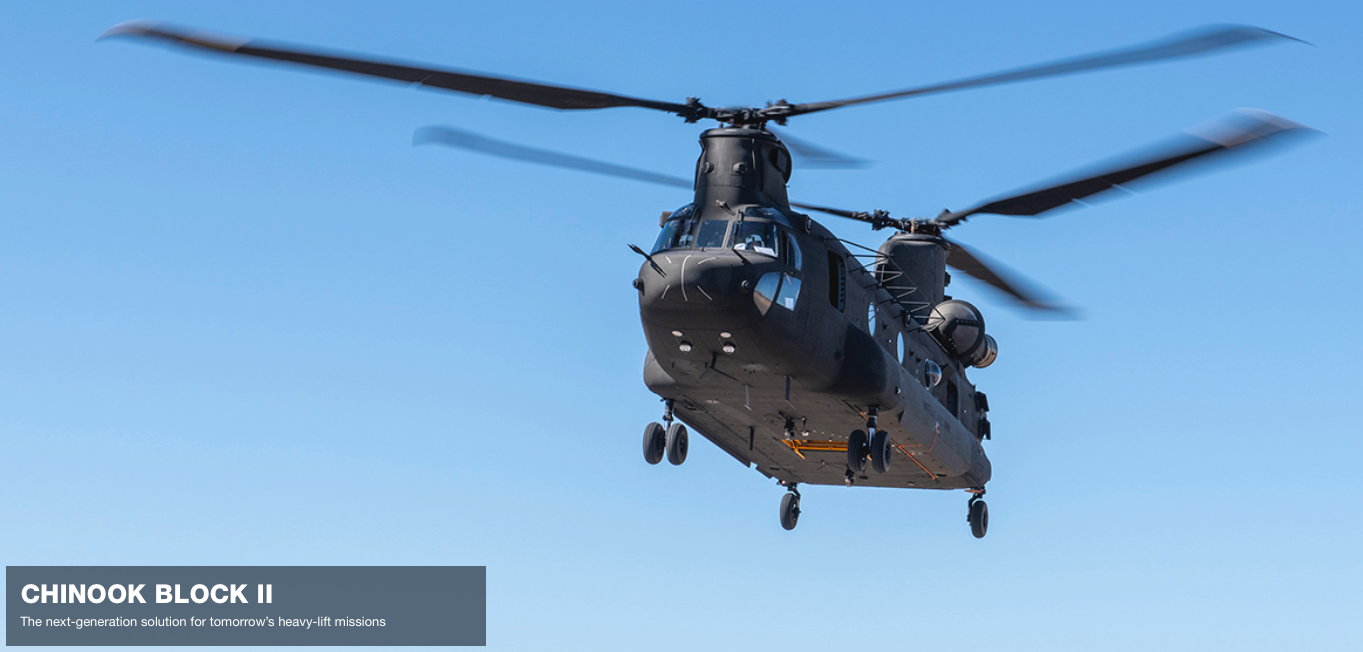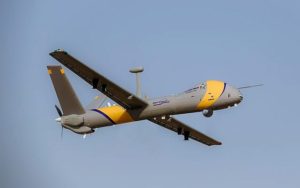· The Phenom 100EX will debut at the 2023 NBAA Business Aviation Convention & Exhibition (NBAA-BACE) from October 17 to 19 in Las Vegas, Nevada
· New features include enhanced cabin comfort and new pilot-centric avionics features to deliver the ultimate flying experience for those in the cockpit and cabin
Melbourne, Florida, October 9, 2023 – Embraer SA ADR (NYSE: ERJ) today unveiled the Phenom 100EX business jet, the company’s latest evolution from the Phenom 100 series, which has served its loyal customers since 2008 with over 400 aircraft in operation. Adopted and trusted by owner-pilots, private companies, and flight academies, such as RAF, Emirates, Etihad, and the Finnish Aviation Academy, the Phenom 100 series is the most trusted entry-level platform in the industry. Now, the new Phenom 100EX delivers superior cabin comfort, operational versatility and safety enhanced pilot-centric avionics to offer the ultimate flying experience.
The Phenom 100EX is the result of continuous improvements over the years based on customer feedback. The aircraft incorporates Embraer’s Design DNA, which influenced the combining of cabin controls into sleek upper tech panels, as well as the seat design, increased use of more sustainable materials and flush-to-the-wall tables that maximizes workspace. The aircraft also includes interior enhancements, such as a baseline side-facing fifth seat and belted lavatory for additional passenger capacity. These detailed attributes throughout the cabin speak to the company’s commitment to delivering enhanced comfort, unparalleled in-flight experiences and even more productivity capabilities, while increasing the ease of maintainability. These new interior features complement the product’s best-in-class OvalLite™ cross-section, which provides further head- and legroom, as well as the most complete airstair and roomiest baggage compartment.

Leading the way in avionics and safety innovation, the Phenom 100EX is the first in its class to feature a Runway Overrun Awareness and Alerting System (ROAAS), which acts during one of the most critical moments of flight to build a clear picture of the anticipated landing conditions.
The cockpit is equally considerate with further pilot legroom provided by extended seat tracking and an open-concept cockpit for easier communication within the cabin. In addition to the reimagined cabin, the aircraft boasts enhanced pilot-centric avionics as part of the Prodigy Touch, based on the renowned Garmin 3000.
Other avionics improvements include FlightStream 510, automatic 3D volumetric scanning with lightning and hail prediction, stabilized approach, predictive windshear, and more.
Benefiting from the family’s reputation for high utilization and low maintenance costs, the entry-level jet is also one of the greenest dual-engine jets on the market, culminating in a versatile aircraft built to offer the highest level of operational flexibility. The Phenom 100EX is triple-certified by ANAC, FAA and EASA and is currently sold out in 2024 with the next available date for delivery in 2025.







